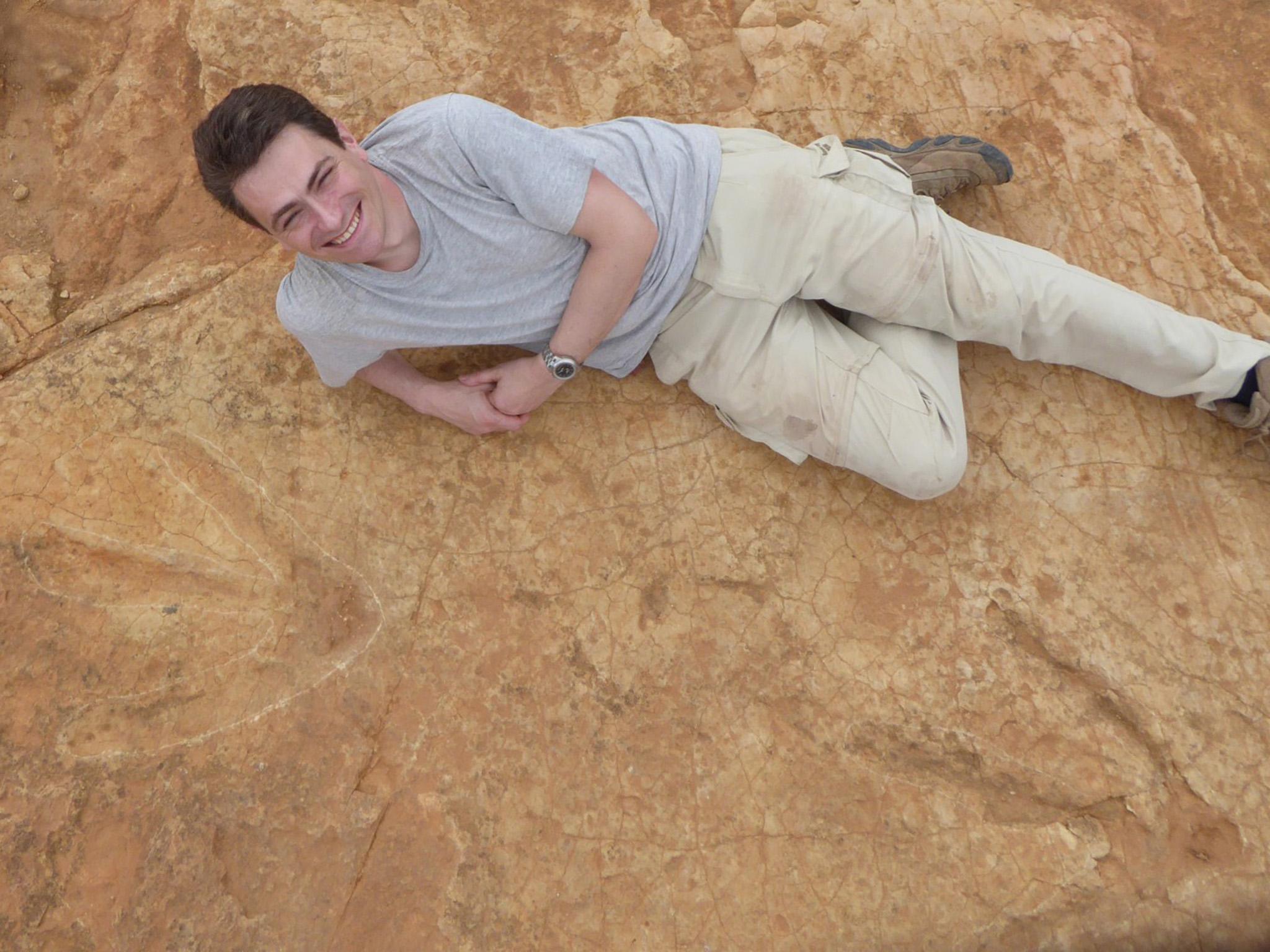Three-toed footprints reveal 'very large' dinosaur roamed southern Africa
Meat-eating animal was four times the size of a lion – the biggest predator living in southern Africa today

Your support helps us to tell the story
From reproductive rights to climate change to Big Tech, The Independent is on the ground when the story is developing. Whether it's investigating the financials of Elon Musk's pro-Trump PAC or producing our latest documentary, 'The A Word', which shines a light on the American women fighting for reproductive rights, we know how important it is to parse out the facts from the messaging.
At such a critical moment in US history, we need reporters on the ground. Your donation allows us to keep sending journalists to speak to both sides of the story.
The Independent is trusted by Americans across the entire political spectrum. And unlike many other quality news outlets, we choose not to lock Americans out of our reporting and analysis with paywalls. We believe quality journalism should be available to everyone, paid for by those who can afford it.
Your support makes all the difference.Scientists have discovered the first evidence of a huge, meat-eating dinosaur that roamed southern Africa around 200 million years ago.
Several three-toed footprints left by the two-legged "megatheropod" - an early forerunner of Tyrannosaurus rex - were found near the site of a prehistoric watering hole or river bank in the kingdom of Lesotho.
Experts calculated that the creature would have been around nine metres (30ft) long and stood almost three metres (9.8ft) tall at the hip.
It was four times the size of a lion, the largest carnivore in southern Africa today.
The dinosaur, named Kayentapus ambrokholohali, was much larger than any other meat-eating dinosaur previously discovered in Africa.
British team member Dr Fabien Knoll, from the University of Manchester, said: "The latest discovery is very exciting and sheds new light on the kind of carnivore that roamed what is now southern Africa.
"That's because it is the first evidence of an extremely large meat-eating animal roaming a landscape otherwise dominated by a variety of herbivorous, omnivorous and much smaller carnivorous dinosaurs. It really would have been top of the food chain."
Each of the footprints, preserved in rock over many millions of years, measured 57cm (22.4ins) long and 50cm (19.7ins) wide.

What makes them especially significant is their age, dating back to the Early Jurassic period.
Theropods - meat-eating dinosaurs that stood on two legs - from this era were generally relatively small. Most measured three to five metres (9.8ft to 16.4ft) in length, with some reaching seven metres (23ft) at most.
Scientists had thought that theropods only started to get huge towards the end of the Jurassic period and during the Cretaceous, which ran from 145 million years ago until the end of the dinosaurs' reign.
Those dinosaurs that did not evolve into birds became extinct around 65 million years ago.
T rex, which lived between 85 million and 65 million years ago, was somewhat larger than its southern African cousin, having a body up to 12.3 metres (40ft) long.
The footprints were found in the Maseru district of Lesotho by an international team of experts who described the find in the journal Plos ONE.
Nearby, they also uncovered other footprints of much smaller theropods. The surface on which they were found was covered in ancient ripple marks and cracks, indicating the presence of water.
Co-author Dr Lara Sciscio, from the University of Cape Town, South Africa, said: "This discovery marks the first occurrence of very large carnivorous dinosaurs in the Early Jurassic of southern Gondwana, the prehistoric continent which would later break up and become Africa and other landmasses.
"This makes it a significant find. Globally, these large tracks are very rare. There is only one other known site similar in age and sized tracks, which is in Poland."
PA
Join our commenting forum
Join thought-provoking conversations, follow other Independent readers and see their replies
Comments